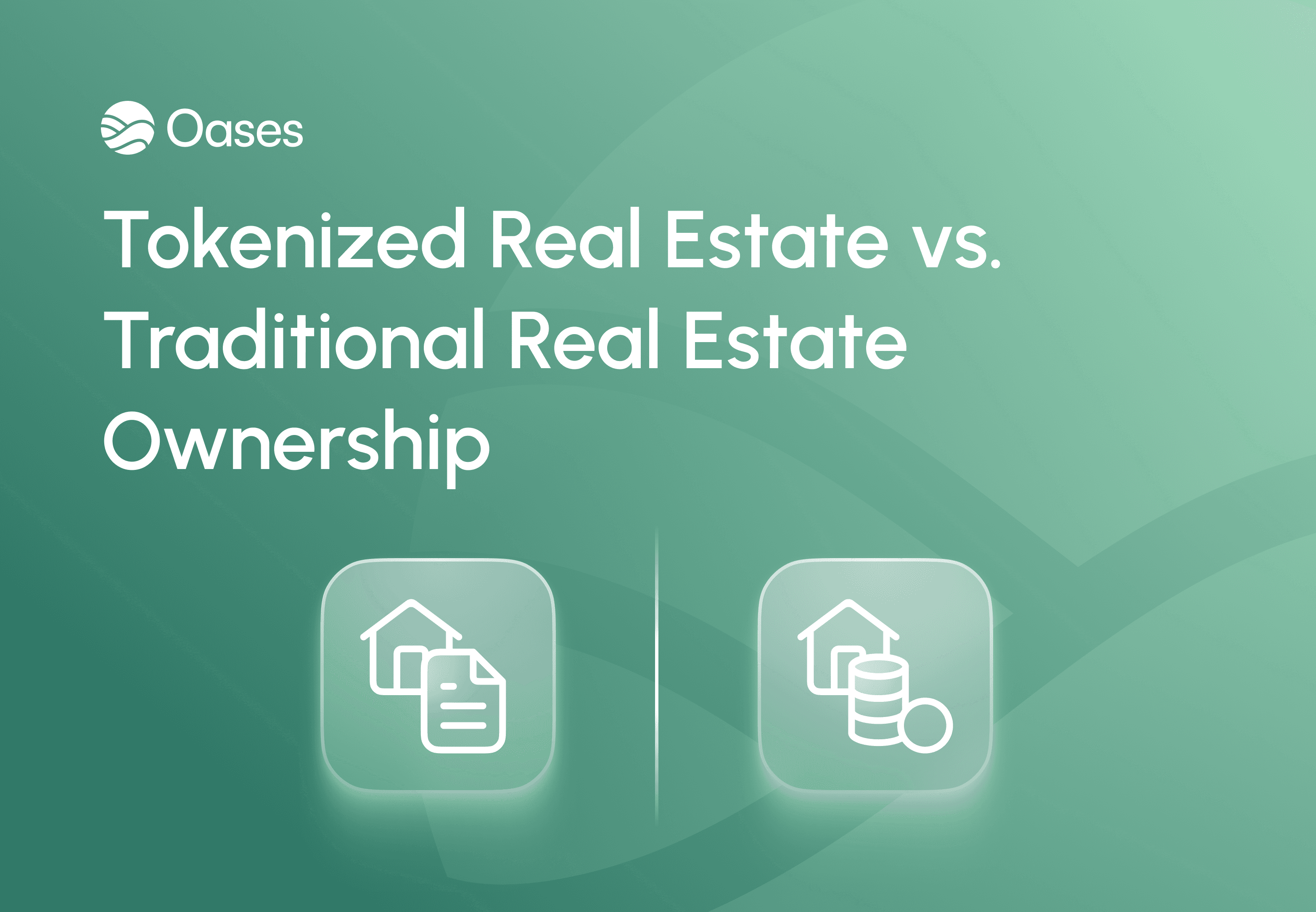Introduction
As the real estate market evolves, investors are increasingly facing a choice between traditional property ownership and the emerging model of tokenized real estate. This blog post sets the stage for a detailed comparison of these two models, exploring how they differ in structure, cost, management, and exit strategies.
Ownership Structure
Traditional Ownership: In traditional real estate, ownership is straightforward—you own the property outright or through fractional shares in partnerships or trusts. This ownership is typically documented through deeds and is subject to local property laws.
Tokenized Ownership: Tokenization divides property ownership into digital tokens that represent shares of the underlying deed, company or trust pertaining to the property. These tokens are recorded on a blockchain, providing immutable proof of ownership. This structure allows for more granular ownership stakes and can include investors from a global pool, not just those who can engage in local markets.
Cost Comparison
Initial Investment:
Traditional: Typically involves a substantial down payment (often 20-30% of the property's cost), additional closing costs, and potential real estate agent fees.
Tokenized: Lower barriers to entry as individuals can purchase much smaller fractional shares, often with minimal transaction fees due to the efficiencies of blockchain technology.
Ongoing Expenses:
Traditional: Property taxes, maintenance costs, insurance, and management fees can add up, especially if the property is not generating regular rental income.
Tokenized: While some expenses remain, like taxes and maintenance, they are often handled by a management company and are covered by the rental income or split proportionally among token holders, reducing individual cost burdens.
Management
Traditional Management: Requires active involvement or hiring a property manager to handle tenant issues, maintenance, and daily operations. This can be time-consuming and costly.
Tokenized Management: Management is typically handled by a third-party company organized by the tokenization platform. Investors are relieved from direct management duties, and interactions are often conducted through digital platforms, offering convenience and efficiency.
Exit Strategies
Traditional Real Estate: Selling traditional real estate can be a lengthy process, involving market listing, property showings, negotiations, and complex paperwork. Market conditions greatly affect the ability to sell quickly and at a desired price.
Tokenized Real Estate: Provides greater flexibility in exit strategies. Tokens can be sold on secondary markets, which are often part of the tokenization platform, potentially allowing for quicker divestment. However, market liquidity and token demand can still impact sale speed and prices.
Conclusion
The choice between traditional and tokenized real estate ownership depends largely on an individual's financial goals, risk tolerance, and interest in being involved in property management. Tokenized real estate offers a modern, flexible approach with lower entry costs and simplified management, making it particularly attractive to a broader range of individuals seeking portfolio diversification.
Next Steps
Interested in exploring tokenized real estate further? Consider your investment goals and how tokenized real estate ownership might align with them by completing the checklist below.

